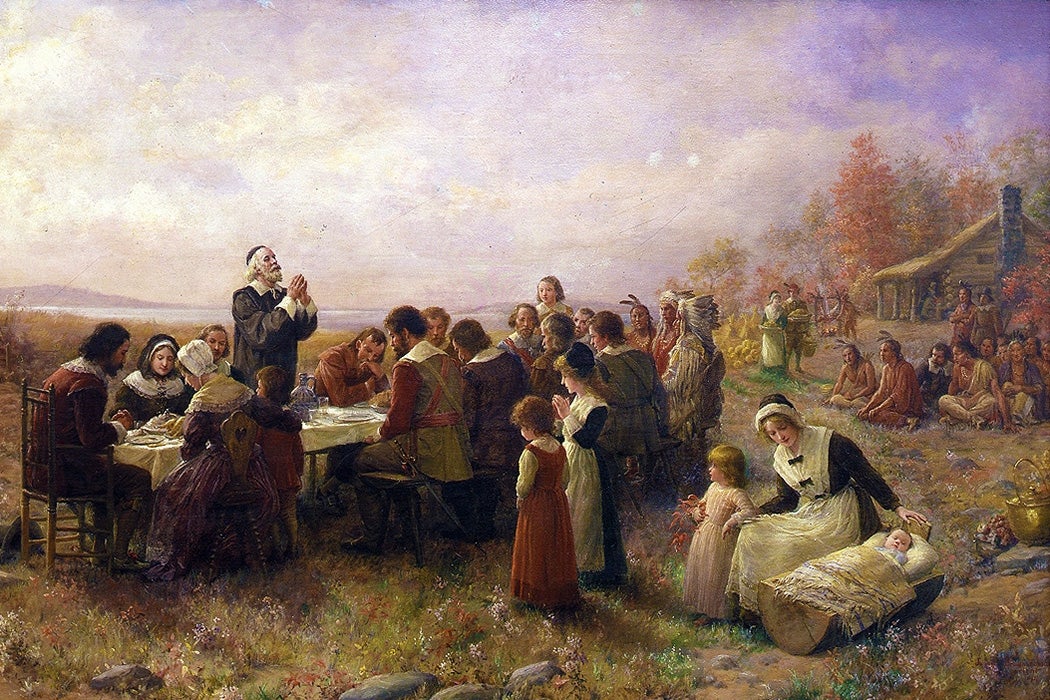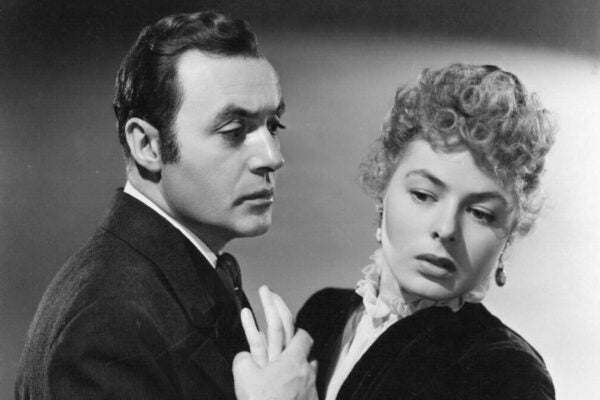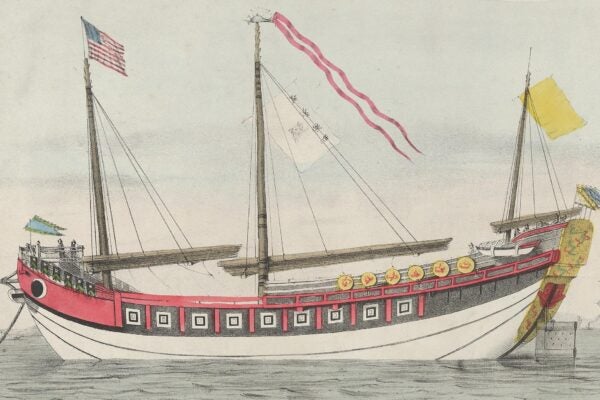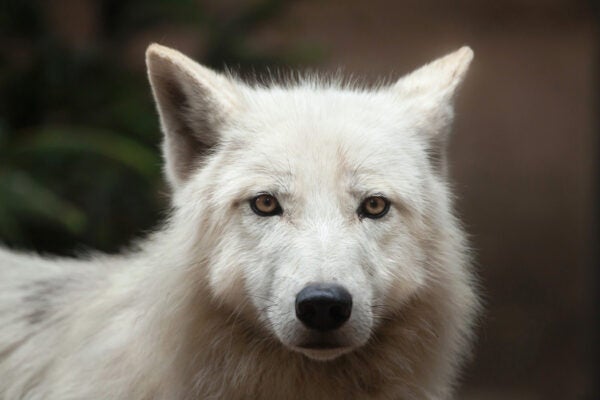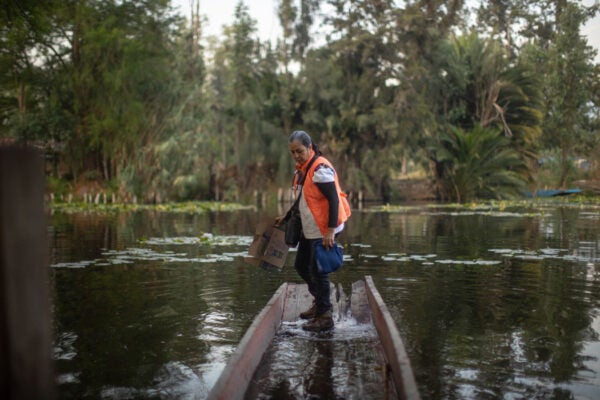What Thanksgiving means to the Wampanoag (The New Yorker)
by Philip Deloria
The “First Thanksgiving” in 1621 occurred in a landscape of disease, violence, and complex political relationships among Native nations and European settlers. For the Wampanoag people who shared the holiday with the Pilgrims, much worse was still to come.
Vaping illness and the trouble with gauging risk (Slate)
by Jacob Grier
Forty-two people have died from “vaping illness,” which seems to be caused by specific black-market products. Some states have responded by treating all vaping products more harshly than cigarettes. The huge response is just one example of how humans react far more strongly to some threats than others.
Why financial regulators are ignoring the climate risk (The American Prospect)
by David Dayen
The greatest risk of a massive financial crisis comes from climate change—and from the disruption involved in weaning ourselves off fossil fuels. But regulators are too intertwined with carbon-intensive investments to take action.
It would be a shame if anything happened to that military aid (The Washington Post)
by Henry Farrell
President Trump may never have explicitly demanded a quid pro quo from Ukraine. To see why not, a political scientist writes, we should look at the way mafia bosses use ambiguous language.
What can hibernation teach humans? (The New York Times)
by Devi Lockwood
If you ate everything you could find all fall and then lay around the house for several months straight, you’d probably end up with muscle atrophy and other health problems. So how do bears do it? The answer might have implications for improving human health.
Got a hot tip about a well-researched story that belongs on this list? Email us here.
